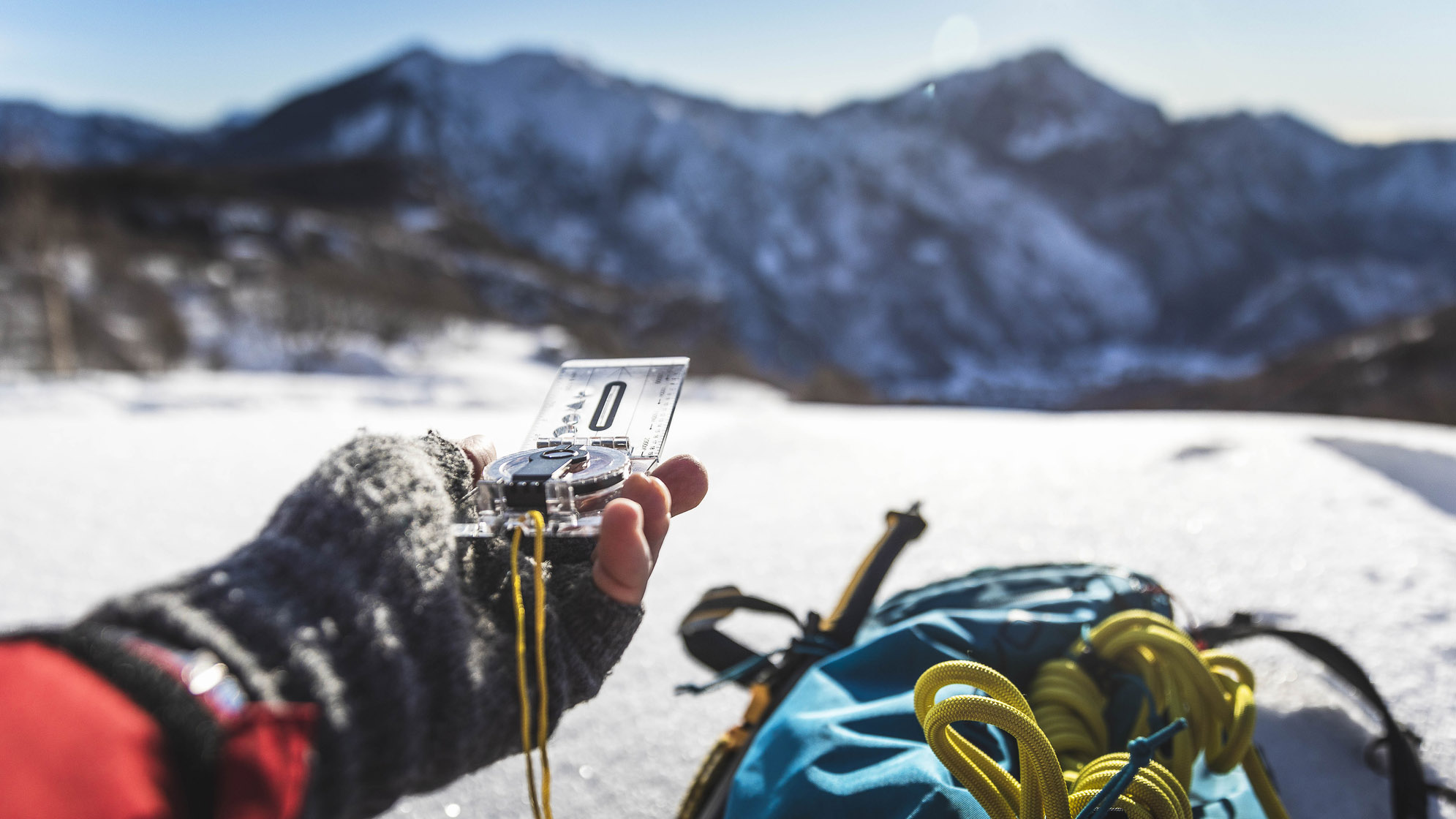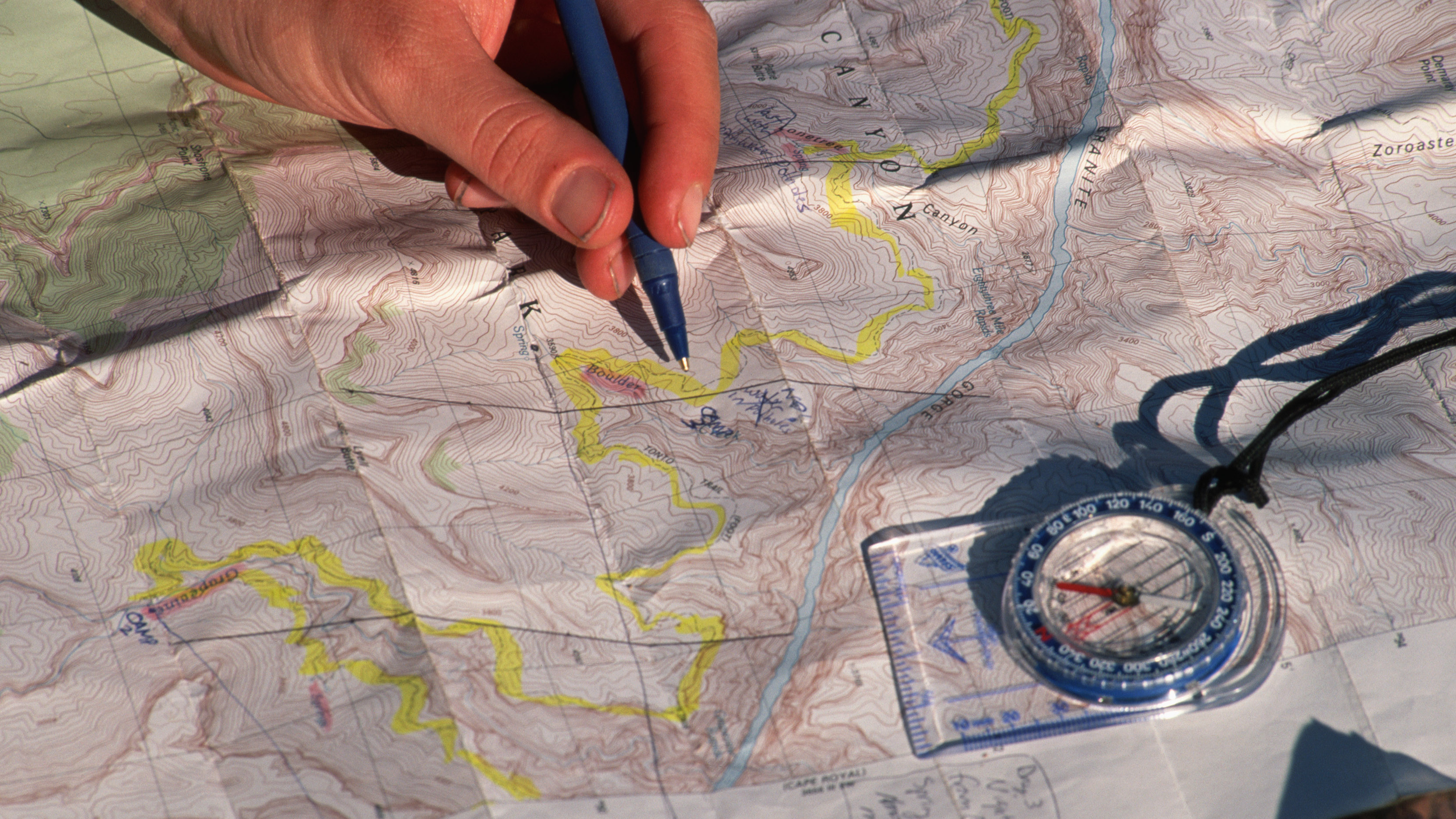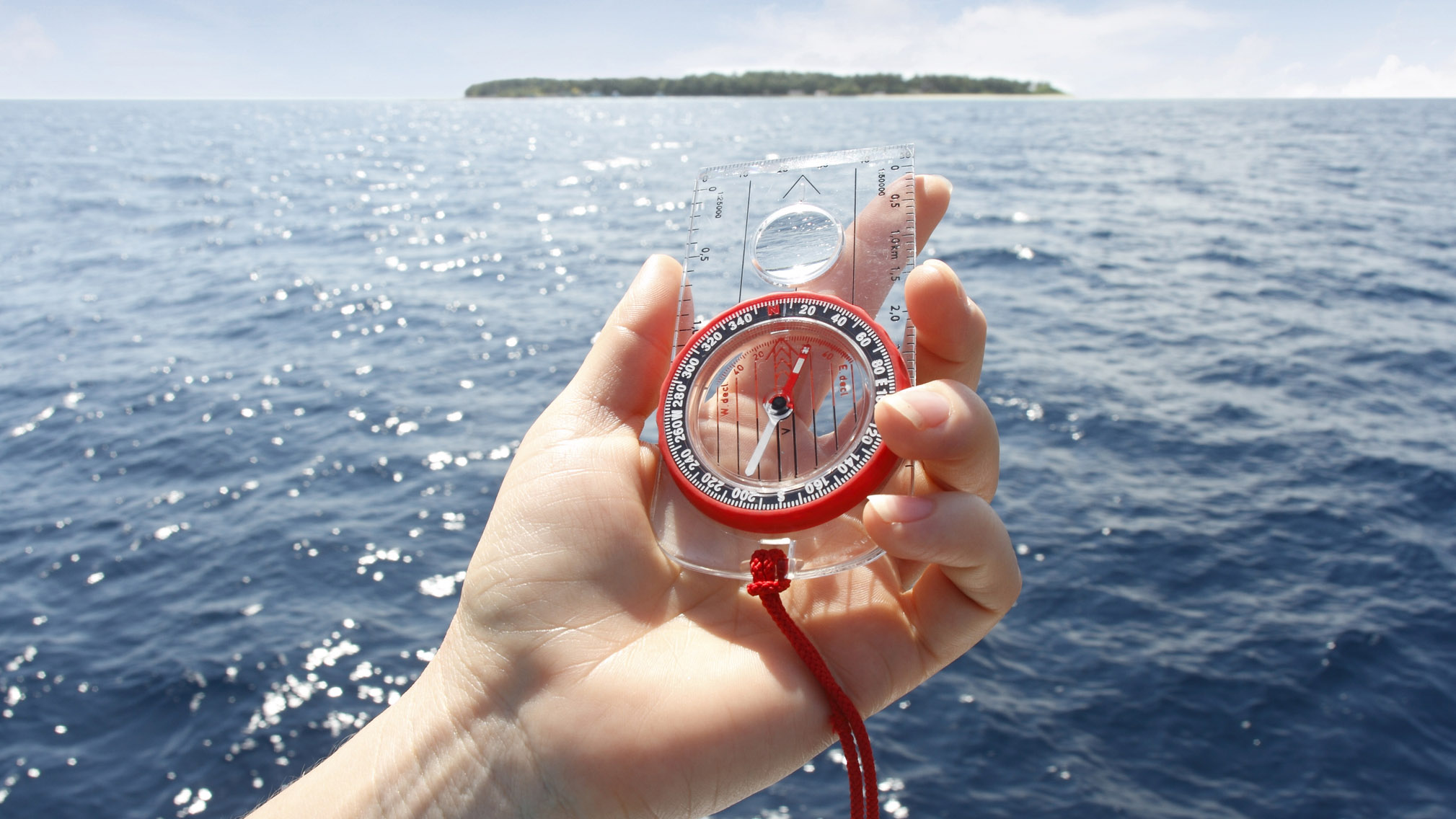Compass bubbles: what to do about pesky air pockets in your compass fluid
Compass bubbles: our guide to why they form, the affect they have on your navigation and what you can do about them

When you’re reliant on your trusty red north-facing needle, compass bubbles can be a little bit irritating. This is especially as the situations in which they most commonly arise are at high-altitude or when it’s very cold – so not the best time for a navigational emergency! However, a small bubble or two in your compass housing shouldn’t affect the needle’s ability to point you in the right direction and, better still, there are ways to fix the issue.
Most of us carry a traditional baseplate compass. This is often the best compass for most rambles or treks, from short adventures to multi-day backpacking adventures. It’s made of transparent plastic and comprises a magnetic, north-facing needle that is free to rotate in a circular chamber. This chamber is called the compass housing and it is filled with liquid.

The liquid allows the red north-facing needle to rotate freely but also limits oscillations, which keeps it steady as it points towards magnetic north. This makes your readings more accurate. Bubbles are a common occurrence in this kind of compass and can get in the way of the magnetic needle, making navigation more difficult.
Why do compass bubbles form?
You’ve ascended above the snowline; the temperature has dropped significantly since the valley and you pull on a thick down jacket to keep yourself warm. The views are immense. There’s a real sense of magic about being up at this kind of altitude, in freezing conditions and yet being so cosy in all your winter gear. Your body is working hard to regulate its temperature, but you’ve given it a great helping hand with your layering system.
You reach into your daypack to find your water pouches have frozen solid. No matter, you’ve still got a flask of coffee to enjoy, and your water will melt once you’re back at a milder altitude. You unzip the top pocket of your pack and reach for your compass. A large bubble is floating around in your compass housing. How irritating.

The bubble has formed because of changes in temperature or in atmospheric pressure at altitude.
In this example, it could be a mixture of the two. When a liquid cools, the molecules within move slower and slower, which causes it to contract. The plastic casing of the compass housing contracts far less, which leads to a gap – hence the formation of a bubble. This phenomena should be familiar to most people: it's how a traditional liquid thermometer works. As the liquid gets hotter, it expands and moves up the tube and as it cools in contracts and moves back down.
All the latest inspiration, tips and guides to help you plan your next Advnture!
Altitude also plays its part. As elevation increases, atmospheric pressure decreases, which leads to the formation and expansion of bubbles. You don’t necessarily have to be on a high-altitude trek for bubbles to form – a change in temperature or a change in atmospheric pressure on a normal hike can bring this change about too.
Do compass bubbles stop a compass from working properly?
Despite being a bit of an irritation, compass bubbles don’t hinder a baseplate compass too much, unless the bubbles grow to a significant size. Due to this, it’s important not to just ignore a small compass bubble, as it will grow in extent if left to its own devices. Fortunately, you can certainly do something about them beyond having to buy a whole new compass.
What can you do about compass bubbles?
The formation of compass bubbles is not due to an irreversible chemical reaction. Instead, as with freezing and melting, it is a physical change and is therefore reversible. As the most likely reason bubbles formed in your compass was cold temperatures, it makes sense that you’ll need to place it somewhere warm to get rid of them. This will allow the liquid to expand once more and take the place of the bubble.

If you’ve taken your best hiking shoes for a pleasant day walk, pop your compass somewhere warm when you return to your home. Somewhere like a sunny window ledge is ideal. Whatever you do, don’t place it on heating appliances, as even a fully operational compass isn’t worth the smell of melting plastic or the potential for a house fire.
If you’re on a thru-hiking expedition and unlikely to be returning to anywhere remotely balmy for a while, pop your compass in a pocket close to your body. Your internal heat will hopefully warm the liquid back up and allow it to displace the bubble once more.
Alex is a freelance adventure writer and mountain leader with an insatiable passion for the mountains. A Cumbrian born and bred, his native English Lake District has a special place in his heart, though he is at least equally happy in North Wales, the Scottish Highlands or the European Alps. Through his hiking, mountaineering, climbing and trail running adventures, Alex aims to inspire others to get outdoors. He's the former President of the London Mountaineering Club, is training to become a winter mountain leader, looking to finally finish bagging all the Wainwright fells of the Lake District and is always keen to head to the 4,000-meter peaks of the Alps. www.alexfoxfield.com

